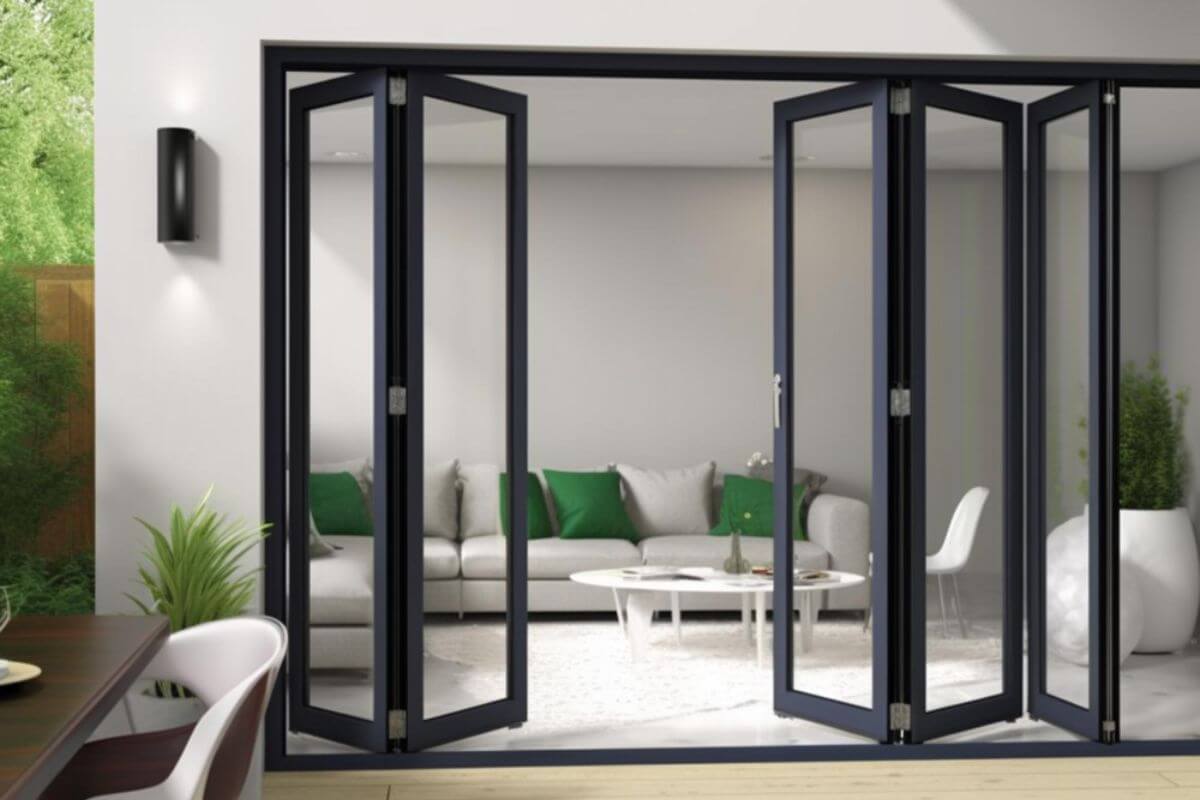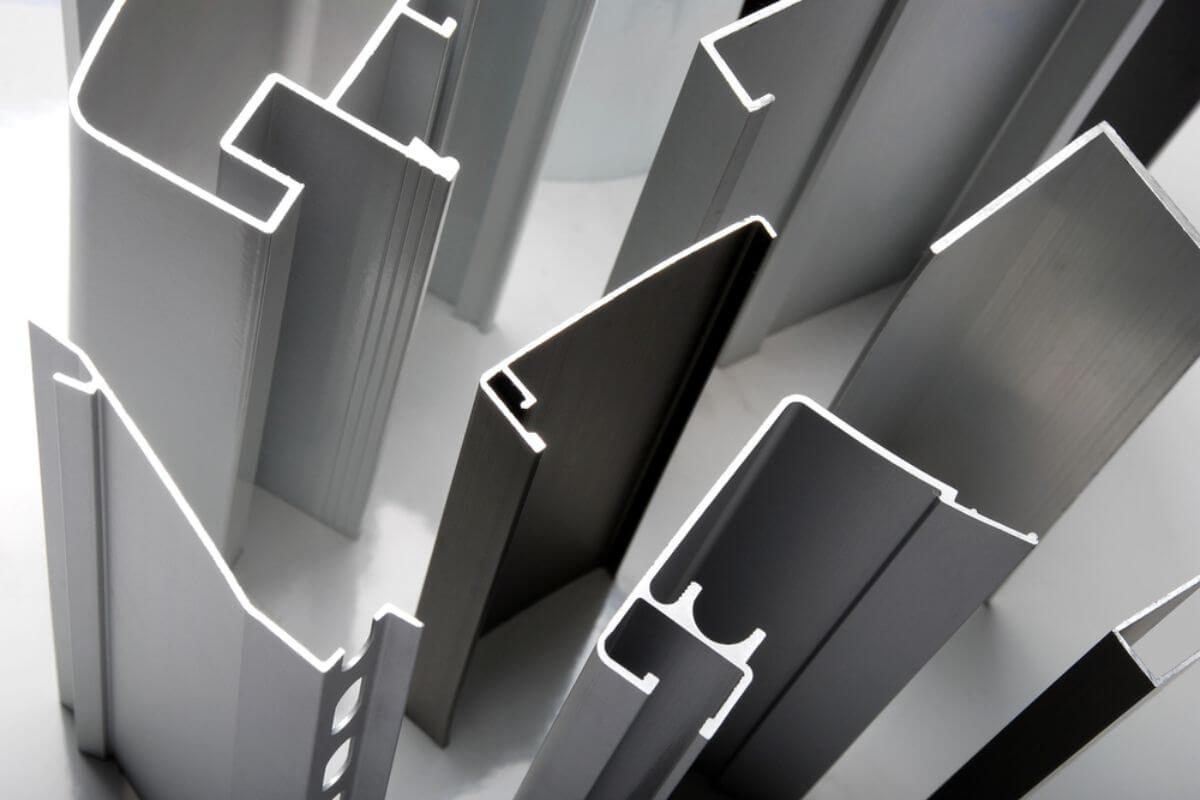What is the difference between aluminum and metal awnings?
- Materials used
- Weight
- Rust and deterioration
- Durability
- Finishes
- Cost
An awning can be an indispensable addition to the home besides increasing curb appeal. It allows the family to enjoy more time outdoors, protected from sunlight or poor weather. Awnings are made up of various fabrics, aluminum, and a few other metals.
Have you ever shielded yourself from heavy rain by standing below an awning window? An awning is an indispensable addition to a building. It provides shade and protection from sunlight and poor weather. It also gives your home’s exterior a radiant, classic, and modern appearance. These additions can be made up of various materials.
The most common types of awnings are made of aluminum and metal. While many think that these two types are one and the same, they’re not. This blog will give you a look at the differences between aluminum and metal awnings.
Materials used
Metal awnings are made from a variety of metals, the most common of which are copper and steel. Copper is one of the most dependable and convenient metals, stainless steel provides unequaled durability at the expense of increased weight and cost.
Aluminum awnings, on the other hand, are of course made of aluminum. This metal provides excellent resistance to corrosion and moisture.
Weight
Aluminum, despite being a metal, has several unique characteristics that differentiate it from other metals. One is its weight. It’s known as the lightest type of metal. Therefore, an aluminum awning weighs much less than other metal awnings — especially ones made of steel. Since it’s lightweight, aluminum awnings are very easy to handle and install. If you want awnings for the exterior designs at home, then aluminum awnings are a great choice.
Rust and deterioration
One of the best qualities of aluminum is that it is corrosion-resistant and isn’t vulnerable to rust. On the other hand, steel awnings need to be coated to maintain and protect their style or finishes.
Metal awnings are also more likely to deteriorate at a faster pace, compared to aluminum awnings. This is because most metals have poor weather and heat resistance. This makes it vulnerable to fluctuating temperatures and moisture that are common during the wet season.
What owners can do is apply coatings to these metal awnings to protect them against rust, deterioration, and wear.
Durability

Typically, metal awnings can easily rust, which is often caused by changes in weather and temperatures. This is a problem, as rust changes its surface, weakening the metal.
But, aluminum doesn’t experience the same problem. It builds a natural protective layer that protects the entire material beneath it. It’s safe to say that aluminum awnings can provide you with years of service with little maintenance.
But, how about those who prefer metal awnings? Well, though you can buy coatings for metal awnings, in the future, they still cannot match the natural durability of aluminum awnings.
One example of a highly durable aluminum awning is our 38 Series. This small-awning window is available in a variety of designs. To enhance its natural durability, it comes with double rubber seals to keep water out and provide an excellent seal against heat and rain. It also has four molding variations, a corner lock, is easy to crimp, and has a modern design that is ideal for many building aesthetics.
Finishes

The right finish improves the appearance of aluminum or metal while also providing some protection against rust, corrosion, or blemishes. Because aluminum accepts a variety of finishes well, it provides a lot of versatility in this area. The most difficult part of choosing an awning may be determining your preferred finish.
Metal awnings, on the other hand, can also be finished in a variety of ways. However, you’ll need to keep a close watch on the finish and sustain it as needed, regardless of which type of metal awning you go with.
50 Series is one such example of an aluminum awning with plenty of aesthetic versatility. The 50 series, much like our 38 series, provides a good weather seal and various design combinations.
However, it has a much larger profile, so the 50 series can accommodate larger glass dimensions. This is ideal for structures that require large awnings. It is also puncher-ready, allowing for quick assembly.
We also have the WYC Series which is also popular for casement profiles and awnings. It has a saw assembly method, is inexpensive, and has a classic design look.
Cost
A high-quality metal awning can last for many years, and its thicker structure may allow it to outlast its aluminum counterparts. However, there is a cost to this. Metal prices and availability vary in general. Awnings made of aluminum are typically less expensive than those made of metal.
When you’re deciding between aluminum and metal awnings, the cost is usually not a consideration. It’s usually one of the other differences mentioned above. However, if cost is a consideration, an aluminum awning is an excellent investment that can provide excellent value for years.
Key Takeaway
Any building is better with high-quality and long-lasting awning windows. When it comes to the difference of aluminum and metal awnings, keep these factors in mind to make the right purchase for your building.
At AMC Aluminum, we provide high-grade aluminum awnings and accessories for our customers. If you’re still undecided, contact us today for more information and assistance on which awning to choose.




.jpg)
.jpg)
.jpg)


